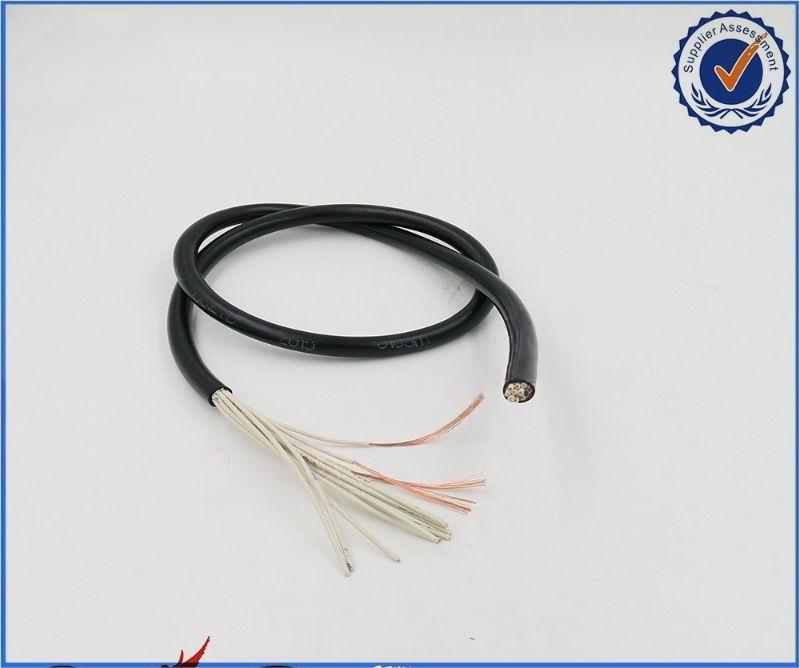Nov . 15, 2024 20:34 Back to list
electric actuated butterfly valve
Electric Actuated Butterfly Valve An Overview
The electric actuated butterfly valve is an integral component in modern fluid control systems, combining efficiency, precision, and ease of operation. As industries continue to prioritize automation and sustainability, the electric butterfly valve has emerged as a pivotal solution in various applications, from water treatment to petrochemical processes.
What is a Butterfly Valve?
A butterfly valve is a type of quarter-turn valve that uses a rotating disc to control the flow of fluid. It consists of a circular disc mounted on a shaft, which is positioned within the pipeline. When the valve is open, the disc is rotated parallel to the flow direction, minimizing pressure loss and providing a streamlined flow path. Conversely, when closed, the disc blocks the flow, sealing the pipe. This design is particularly advantageous in large-diameter applications, where traditional valve types may be cumbersome and inefficient.
Electric Actuation Mechanism
Electric actuators provide the necessary motion to open and close the butterfly valve. These devices convert electrical energy into mechanical motion, allowing for precise control of the valve position. The actuator typically includes a motor, gears, and a control system, enabling the valve to operate remotely or through automated processes. This capability is crucial for industries that depend on precise fluid management and remote monitoring.
Key Benefits of Electric Actuated Butterfly Valves
1. Precision Control Electric actuators allow for fine-tuning of the valve position, ensuring optimal flow regulation. This precision is particularly important in processes where fluid characteristics need to be meticulously managed.
2. Automation Compatibility Electric actuated butterfly valves are easily integrated into automated systems. They can be controlled via programmable logic controllers (PLCs) or integrated into broader supervisory control and data acquisition (SCADA) systems, enhancing operational efficiency.
3. Energy Efficiency Compared to pneumatic or hydraulic systems, electric actuators often consume less energy, leading to a reduction in operational costs. Additionally, they reduce the need for compressed air or hydraulic fluid, which can further lower expenses and maintenance needs.
electric actuated butterfly valve

4. Reliability and Maintenance Electric actuated butterfly valves have fewer moving parts than traditional valve types, which translates to reduced wear and tear over time. They typically require less maintenance and have longer lifespans, making them a cost-effective choice in the long run.
5. Safety Features Many electric actuators come equipped with built-in safety features, including limit switches and feedback systems that ensure the valve operates within designated parameters. This capability helps prevent over-torquing and potential equipment failure.
Applications
Electric actuated butterfly valves find applications across a variety of industries
- Water and Wastewater Treatment They are commonly used for regulating the flow of water, chemicals, and sludge in treatment plants, ensuring optimal processing and compliance with environmental regulations.
- Oil and Gas In the petrochemical industry, these valves control the flow of crude oil, natural gas, and refined products. Their ability to operate in hazardous environments while providing reliable service makes them indispensable.
- Food and Beverage Hygiene and precision are paramount in food processing. Electric actuated butterfly valves provide the necessary control while conforming to strict sanitary standards.
- HVAC Systems In heating, ventilation, and air conditioning (HVAC) applications, these valves regulate the flow of air and fluids, contributing to energy efficiency and comfort in building systems.
Conclusion
The electric actuated butterfly valve represents a significant advancement in fluid control technology. Its combination of efficiency, precision, and compatibility with automation systems makes it an ideal choice for a wide array of industries. As industries move towards more integrated and automated processes, the role of electric actuated butterfly valves will likely continue to grow, contributing to safer, more reliable, and efficient operations. Whether in water treatment, petrochemicals, or food processing, these valves serve as the backbone of modern fluid management systems, showcasing the evolution of engineering and design in the pursuit of excellence.
Share
-
Reliable Wafer Type Butterfly Valves for Every IndustryNewsJul.25,2025
-
Reliable Flow Control Begins with the Right Ball Check ValveNewsJul.25,2025
-
Precision Flow Control Starts with Quality ValvesNewsJul.25,2025
-
Industrial Flow Control ReliabilityNewsJul.25,2025
-
Engineered for Efficiency Gate Valves That Power Industrial PerformanceNewsJul.25,2025
-
Empowering Infrastructure Through Quality ManufacturingNewsJul.25,2025